Marine Application
Marine LNG Gas Supply System
The Marine LNG Gas Supply System is specifically designed for LNG-fueled vessels and serves as an integrated solution for gas supply management. It enables comprehensive functions including automatic and manual gas supply, bunkering and replenishment operations, along with complete safety monitoring and protection capabilities. The system comprises three main components: the Fuel Gas Control Cabinet, the Bunkering Control Panel, and the Engine Room Display Control Panel.
Employing a robust 1oo2 (one-out-of-two) architecture, the control, monitoring, and safety protection systems operate independently. The safety protection system is prioritized over control and monitoring functions, ensuring maximum operational security.
The distributed control architecture ensures that failure of any single subsystem does not compromise the operation of other subsystems. Communication between distributed components utilizes a dual-redundant CAN bus network, providing exceptional stability and reliability.
Core components are independently designed and developed based on the specific operational characteristics of LNG-powered vessels, featuring proprietary intellectual property rights. The system offers extensive functionality and interface options with high practicality.
The Marine LNG Gas Supply System is specifically designed for LNG-fueled vessels and serves as an integrated solution for gas supply management. It enables comprehensive functions including automatic and manual gas supply, bunkering and replenishment operations, along with complete safety monitoring and protection capabilities. The system comprises three main components: the Fuel Gas Control Cabinet, the Bunkering Control Panel, and the Engine Room Display Control Panel.
Employing a robust 1oo2 (one-out-of-two) architecture, the control, monitoring, and safety protection systems operate independently. The safety protection system is prioritized over control and monitoring functions, ensuring maximum operational security.
The distributed control architecture ensures that failure of any single subsystem does not compromise the operation of other subsystems. Communication between distributed components utilizes a dual-redundant CAN bus network, providing exceptional stability and reliability.
Core components are independently designed and developed based on the specific operational characteristics of LNG-powered vessels, featuring proprietary intellectual property rights. The system offers extensive functionality and interface options with high practicality.
Product Features
● Dual-redundant CAN bus communication network
● Redundant power management system for enhanced reliability
● Distributed control architecture with fault isolation capability
● High-level system intelligence with minimal manual intervention
● User-friendly operation interface reducing human error potential
● Independent safety protection system with priority override function
● Comprehensive monitoring and automatic protection functions
● Customized design based on vessel operational requirements
Product Features
● Dual-redundant CAN bus communication network
● Redundant power management system for enhanced reliability
● Distributed control architecture with fault isolation capability
● High-level system intelligence with minimal manual intervention
● User-friendly operation interface reducing human error potential
● Independent safety protection system with priority override function
● Comprehensive monitoring and automatic protection functions
● Customized design based on vessel operational requirements
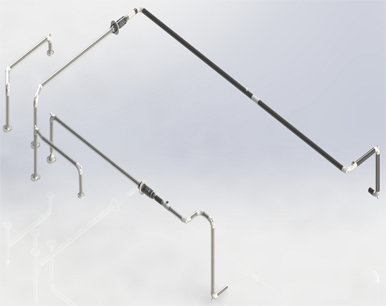
Marine Double-Wall Pipe System-
Marine Double-Wall Pipe System
The marine double-wall pipe system features a pipe-within-a-pipe configuration, where the inner carrier pipe is enclosed within an outer jacket pipe, creating an annular space between the two layers. This interstitial space serves as a containment ba...
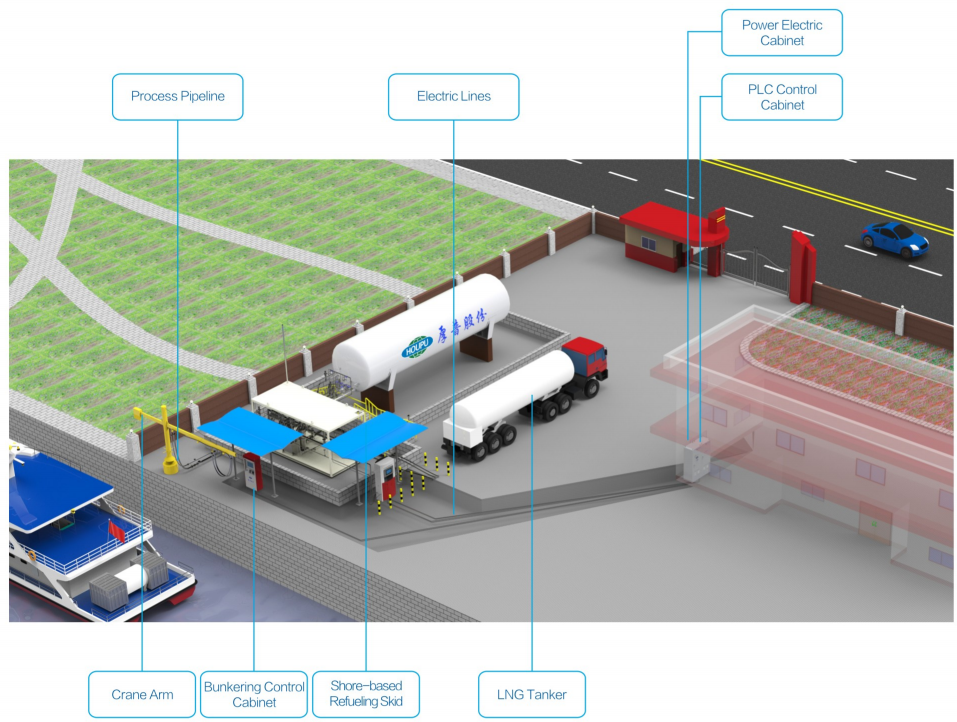
Shore-based LNG Bunkering Station Pump Skid-
Shore-based LNG Bunkering Station Pump Skid
The shore-based LNG bunkering station is a land-based facility constructed along coastal or inland waterways. Suitable for areas with flat terrain, proximity to deep water zones, narrow channels, and environments compliant with the "Interim Provision...

Mobile LNG Bunkering Station Pump Skid-
Mobile LNG Bunkering Station Pump Skid
The Mobile LNG Bunkering System is a flexible refueling solution designed to service LNG-powered vessels. With minimal requirements for water conditions, it can perform bunkering operations from various sources including shore-based stations, floatin...
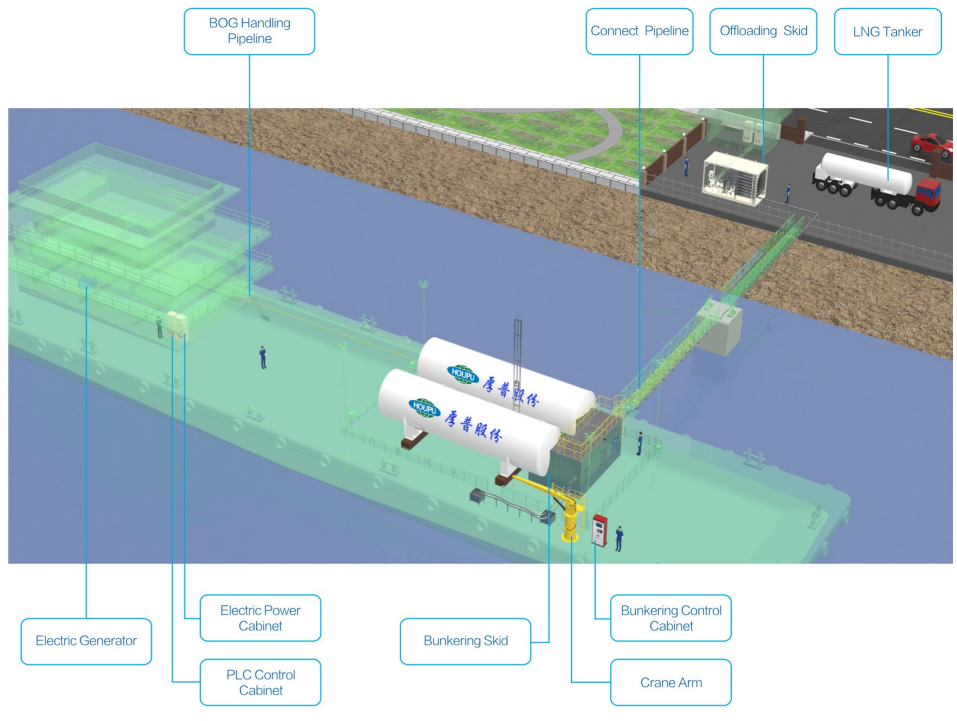
Floating LNG Bunkering Station Pump Skid-
Floating LNG Bunkering Station Pump Skid
The floating ship-based LNG bunkering system is a non-self-propelled vessel equipped with complete refueling infrastructure. It is ideally deployed in sheltered waters with short shore connections, wide channels, gentle currents, deep water depths, a...
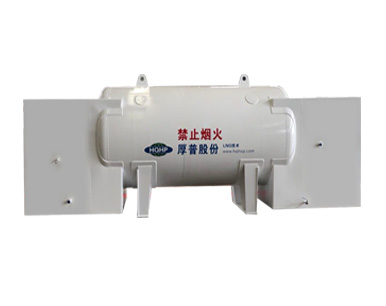
Inland River Powered Ship Gas Supply System-
Inland River Powered Ship Gas Supply System
The second-generation inland river vessel gas supply system stabilizes the natural gas produced by vaporizing LNG and supplies it to the marine gas engine to provide propulsion and auxiliary power for the vessel. Core components of the system, includ...
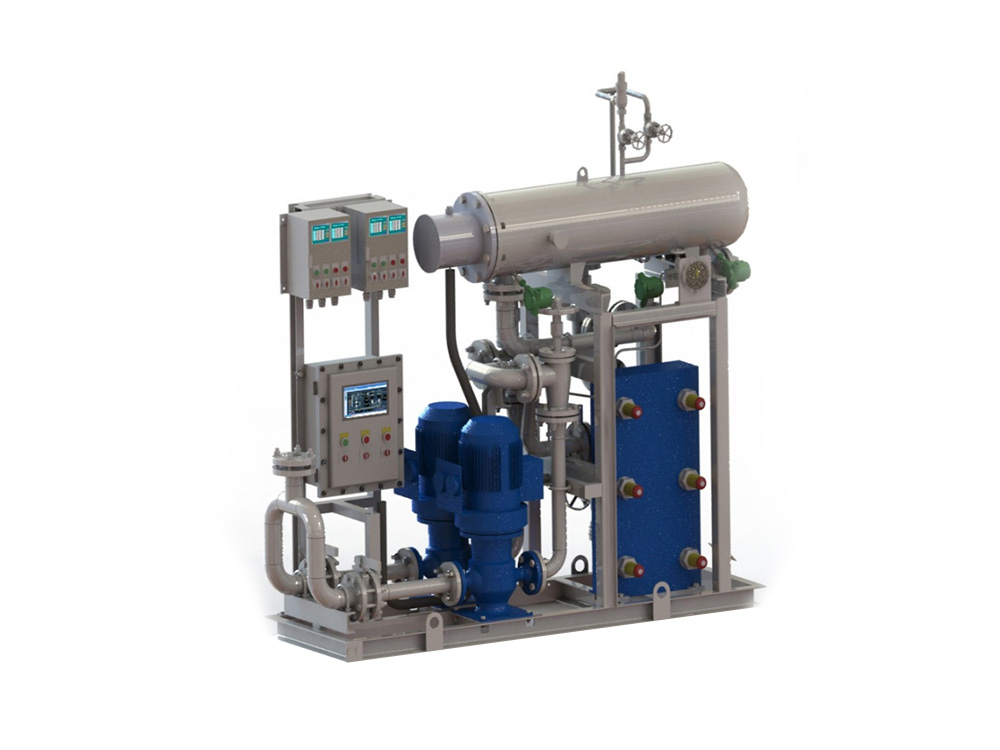
Marine Glycol Heating Equipment-
Marine Glycol Heating Equipment
The Marine Glycol Heating Equipment is a specialized thermal management system designed for marine applications, particularly in LNG-powered vessels. This equipment efficiently heats glycol-water mixture to provide reliable thermal energy for various...
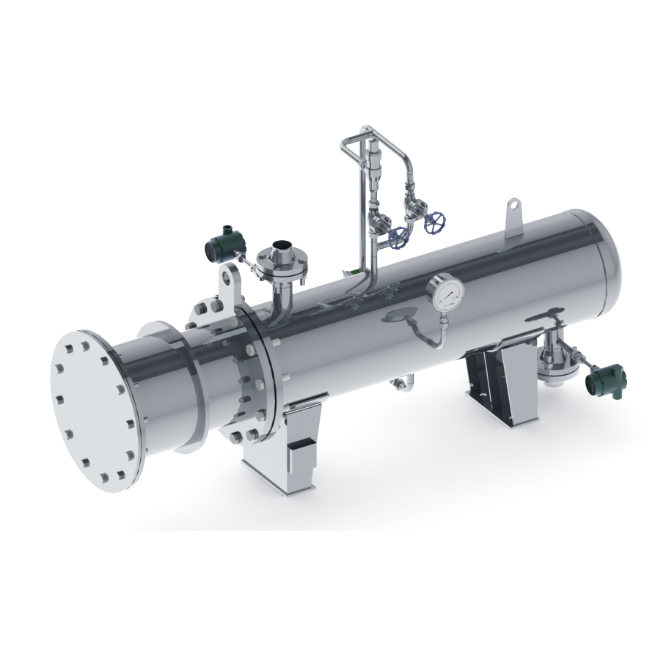
Marine Heat Exchanger-
Marine Heat Exchanger
In LNG dual-fuel powered vessels, the gas supply system for dual-fuel engines utilizes LNG as the primary fuel source. LNG is stored in cryogenic tanks or cargo tanks, then pressurized by pumps or tank booster units before being supplied to the gas d...

LNG-Powered Ship Control System-
LNG-Powered Ship Control System
This control system is designed in full compliance with the China Classification Society (CCS) "Rules for Natural Gas Fuelled Ships" (2021 Edition), specifically meeting the requirement for "separate control of fuel monitoring, control system and saf...

Marine Double-Wall Pipe System-
Marine Double-Wall Pipe System
The marine double-wall pipe system features a pipe-within-a-pipe configuration, where the inner carrier pipe is enclosed within an outer jacket pipe, creating an annular space between the two layers. This interstitial space serves as a containment ba...

Shore-based LNG Bunkering Station Pump Skid-
Shore-based LNG Bunkering Station Pump Skid
The shore-based LNG bunkering station is a land-based facility constructed along coastal or inland waterways. Suitable for areas with flat terrain, proximity to deep water zones, narrow channels, and environments compliant with the "Interim Provision...

Mobile LNG Bunkering Station Pump Skid-
Mobile LNG Bunkering Station Pump Skid
The Mobile LNG Bunkering System is a flexible refueling solution designed to service LNG-powered vessels. With minimal requirements for water conditions, it can perform bunkering operations from various sources including shore-based stations, floatin...

Floating LNG Bunkering Station Pump Skid-
Floating LNG Bunkering Station Pump Skid
The floating ship-based LNG bunkering system is a non-self-propelled vessel equipped with complete refueling infrastructure. It is ideally deployed in sheltered waters with short shore connections, wide channels, gentle currents, deep water depths, a...

Inland River Powered Ship Gas Supply System-
Inland River Powered Ship Gas Supply System
The second-generation inland river vessel gas supply system stabilizes the natural gas produced by vaporizing LNG and supplies it to the marine gas engine to provide propulsion and auxiliary power for the vessel. Core components of the system, includ...

Marine Glycol Heating Equipment-
Marine Glycol Heating Equipment
The Marine Glycol Heating Equipment is a specialized thermal management system designed for marine applications, particularly in LNG-powered vessels. This equipment efficiently heats glycol-water mixture to provide reliable thermal energy for various...

Marine Heat Exchanger-
Marine Heat Exchanger
In LNG dual-fuel powered vessels, the gas supply system for dual-fuel engines utilizes LNG as the primary fuel source. LNG is stored in cryogenic tanks or cargo tanks, then pressurized by pumps or tank booster units before being supplied to the gas d...

LNG-Powered Ship Control System-
LNG-Powered Ship Control System
This control system is designed in full compliance with the China Classification Society (CCS) "Rules for Natural Gas Fuelled Ships" (2021 Edition), specifically meeting the requirement for "separate control of fuel monitoring, control system and saf...
